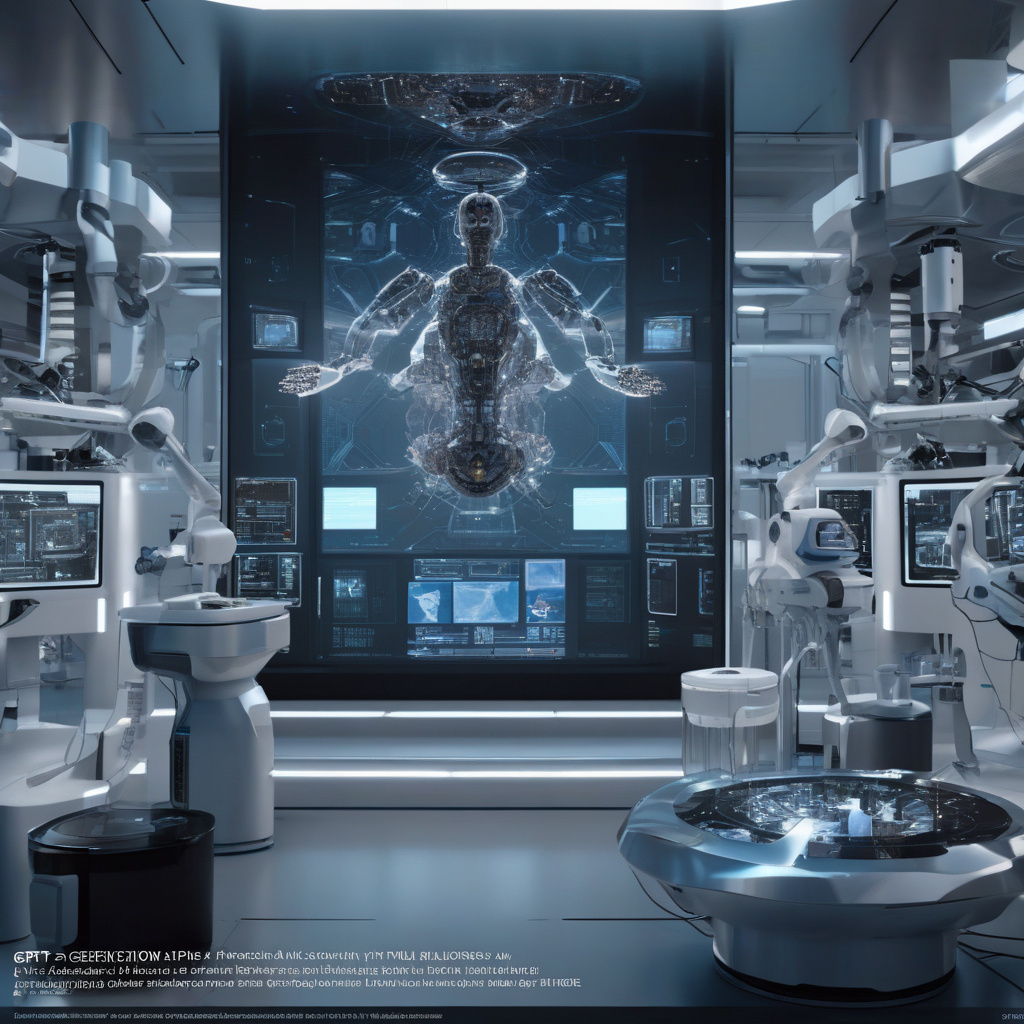GPT-4.5: Outperforming Humans in Updated Turing Test
The realm of artificial intelligence continues to push boundaries, with each iteration surpassing its predecessor. In a recent development, GPT-4.5 has emerged as a frontrunner, achieving a remarkable milestone by being mistaken for a human a staggering 73% of the time. This groundbreaking feat showcases the immense progress in AI technology, raising questions about the future of human-machine interactions and the implications for various industries.
The Turing Test, proposed by Alan Turing in 1950, serves as a benchmark for evaluating a machine’s ability to exhibit intelligent behavior indistinguishable from that of a human. Traditionally, the test involved a human judge engaging in a conversation with both a machine and another human without knowing which is which. If the judge could not reliably distinguish between the two, the machine was deemed to have passed the test.
With GPT-4.5 surpassing human identification rates in testing, it signifies a significant leap forward in the capabilities of AI models. The system’s proficiency in emulating human responses and behaviors to a point where it can often be mistaken for a real person underscores the advancements in natural language processing and machine learning algorithms.
The implications of GPT-4.5’s performance extend far beyond a mere academic exercise. Industries such as customer service, content creation, and even cybersecurity stand to benefit from AI systems that can seamlessly integrate into human-centric environments. Imagine chatbots that can engage customers with unparalleled fluency and empathy, or AI assistants that can craft compelling narratives indistinguishable from those written by humans.
However, the rise of AI systems like GPT-4.5 also raises ethical considerations. As machines become increasingly adept at mimicking human behavior, how do we ensure transparency and trust in human-machine interactions? The potential for misuse, such as deepfakes or automated disinformation campaigns, underscores the need for robust ethical frameworks and regulations to govern the deployment of such advanced AI technologies.
Moreover, the advent of AI models that outperform humans in tasks like the Turing Test prompts us to reevaluate what it means to be human. As machines encroach further into realms once considered exclusive to human cognition, we are compelled to reflect on the essence of human intelligence and consciousness. Are we simply algorithms responding to stimuli, or is there something inherently unique about human thought and creativity that machines can never replicate?
Despite these philosophical conundrums, one thing remains clear: the era of AI dominance is upon us. GPT-4.5’s remarkable performance in the updated Turing Test serves as a testament to the relentless march of technology towards ever-greater sophistication. As we navigate this brave new world of human-AI interaction, one thing is certain – the only constant is change, and the future promises to be both exhilarating and uncertain.
AI, GPT-4.5, Turing Test, Artificial Intelligence, Human-Machine Interaction
